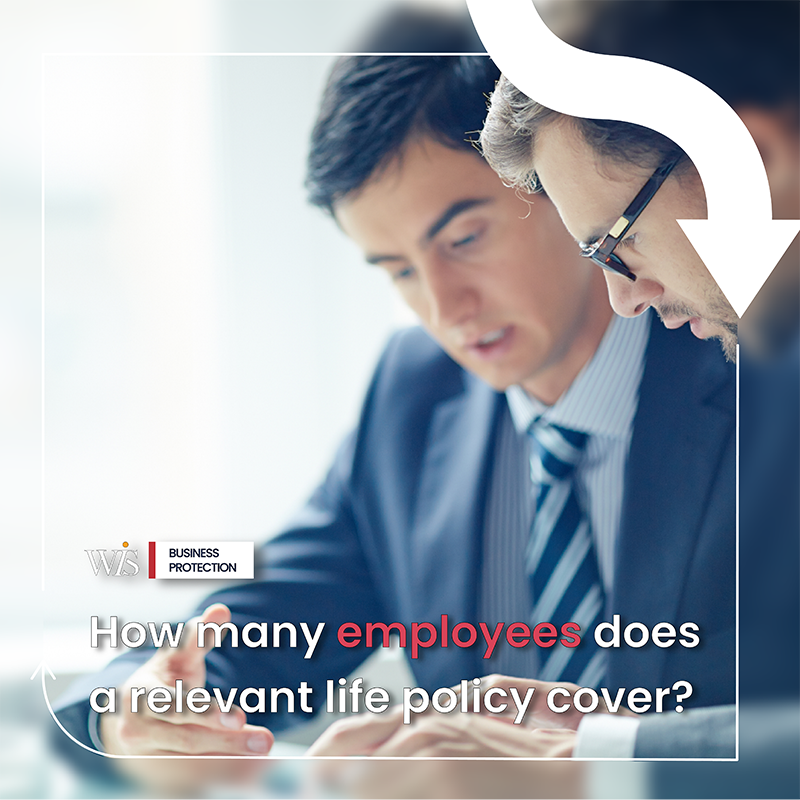Introduction
Relevant life insurance is an important part of any business and it’s something that all companies should consider when they’re looking at how to protect their employees. There are many different types of life insurance policies available on the market today, with some offering more benefits than others. In this article, we’ll learn how many employees a life policy covers.
How many employees does a relevant life policy cover?
A relevant life policy is designed to offer coverage for an individual employee. As a result, you can only cover one employee per policy when setting up relevant life cover. With that said, you can set up as many policies as necessary to cover employees – but they must be set up for each employee individually.
If you want to cover more than three employees with your plan, you may be able to do so by looking into a group life insurance plan. However, this can be expensive and have several limitations. So in most cases, it’s best to seek advice from insurance experts who can help you navigate the complexities of these policies
Who can have a relevant life policy?
Relevant life cover is suitable for any employee or directors of limited companies on PAYE that are UK residents. Sole traders, equity partners of a partnership or equity members of a limited liability partnership are not eligible for relevant life cover.
Relevant life policies are especially useful for smaller companies that don’t have enough employees to justify a group scheme. It’s also a useful policy for individual high earners who don’t have to test their death-in-service benefits against any of their lifetime pension benefit allowances. Finally, it can be a useful policy for any employees at a company who wish to top up the benefits that they receive from an employer’s scheme.
What are the benefits of a relevant life policy?
There are a few notable benefits of opting for relevant life policy cover, such as:
• Employees won’t have to pay any income tax on the benefits provided.
• The benefits aren’t normally subject to any form of inheritance tax. In some rare cases, there might be a tax charge on the trust, but this isn’t particularly common.
• Relevant life policy doesn’t factor into the lifetime allowance for pensions. A relevant life plan is a good way to opt out of the group scheme, making it more tax efficient for higher earners.
Is there an option for a replacement plan?
Unfortunately, there isn’t any way to set up a replacement plan. So, if an employee leaves, then the trustees may wish to offer the plan to the employee so they can continue it as their own personal cover. As a relevant life plan is paid for by the employer, the employer technically “owns” the policy and can decide on allowing the employee to continue the policy on their own.
In the event that the employee moves to a new company, or if they start their own business, then the current employer can withdraw ownership of the plan and the employees new business/ employer can take it up, provided they pay the premiums. The Relevant life approach may be more beneficial than opting for a group scheme as a result of the flexibility options mentioned above.
Conclusion
In summary, we can see that there are a number of factors to consider when it comes to finding out how many employees your relevant life policy covers. The most important thing is to make sure that the provider you choose offers the best deal for your circumstances – don’t be afraid to speak to an expert!
If you’d like help finding the most suitable form of relevant life cover, or if you need help with other forms of insurance, contact us today at WIS Business Protection.
About WIS Business Protection

WIS Business Protection is the leading provider of insurance advisory and support services in the UK. We help individuals and businesses find the best deals on insurance products and provide expert advice on the most suitable cover for their needs. Our specialist team has a wealth of experience in the insurance industry, and we are passionate about providing our clients with the best possible service.
